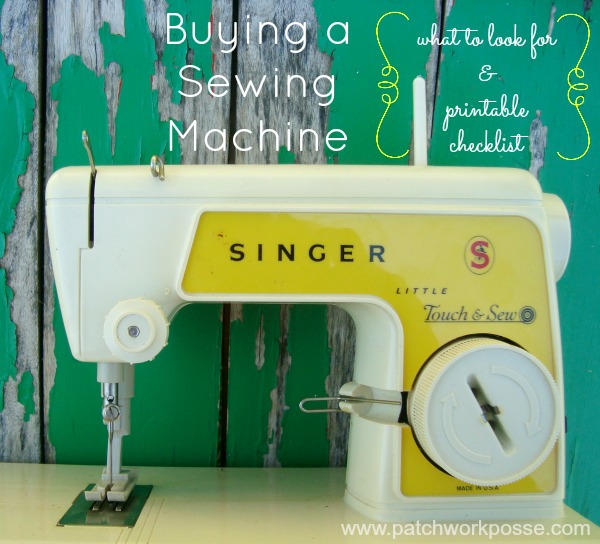A serger unit is a special type of sewing machine that can stitch over the sides of one or two fabrics of cloth for seaming, hemming and for edging as well.
In most cases, the serger sewing machine can be used to cut the edges of the cloth as they are passed through the special serging machines, though a significant portion doesn’t come with cutters. Besides that, a significant portion of these automated cutters works to allows the serger sewing machinee to produce well-defined seams with ease and conveniently as well. Its important to note that the serger sewing machine varies from the conventional lock stitch machine since it comes with special loopers that are integrated by the users of several thread cones rather than using a body. The loopers are what are used to create the special thread loops that pass from the needle thread to the edges of the fabric such that edges of the fabric remain within the seam of the unit.
The serger sewing machines are usually operated at high speeds that often average in between 100 and well Over 9000rpm of sewing speed. Moreover, most of these tools are often used in the embroidery industry for hemming, seaming, and edging of a broad spectrum of fabric types of products as well. The serger stitches are highly dynamic and can be used for purposes such as reinforcement, decoration, and construction as well. Serging is also known as over edging, over-locking and merrowing as well. The serging unit uses special types of sewing method, thereby making it An excellent solution for customizing materials and fabrics as well.

History
The unique type of sewing that is used in the conventional serging machines was invented by a company known as Merrow machine Company way back in 1881. In fact, a man who was known as Makens Merrow together with his children, who owned a knitting company in Connecticut, who are responsible for developing the serger sewing machine. They were responsible for the production of various technological advancements that were used in the mills special sewing operations. The first Patent to be developed by Merrow was for a special machine known as the crochet stitching and the company still, produces some flagship sewing tools based on this particular model. It’s important to note that the unveiling of this technology was the begging for the development of the serging machine that was owned by Mr. Merrow and his son in the late eighteen eighties. Unlike the conventional forms of stitching such as lock stitching that often utilizes a special bobbin, the serger machine incorporates a special looper that is used to produce thread loops to allow needles to pass through in a similar method to crocheting.
The first well know sewing machine was a three thread unit that is regarded by most people as the pioneer of all modern day sewing units. As the years have passed, the Merrow machine Company has been responsible for the development of new sewing machines that are used to produce a broad spectrum of serger stitches, including the two and four thread machines.
How do these machines work
The two and three thread formations of sewing machines are also referred to as merrowing, a name that was acquired by the Merrow manufucturing Company. Any supplementary variable in the special types of serger stitches is known as the stitch width and the stitch eccentric as well. The stitch eccentric indicated the number of stitches per inch that are available and which is customizable or perhaps can vary widely within one machine. The various stitch eccentrics are used to produce different types of edges in fabric. It’s important to note that the stitch width demonstrates the level of width that occurs from the edge of the fabric. More so, the compact sized fabrics often require the used of wider stitches to mitigate the effects of pulling. The inclusion of additional variation in stitch types is regarded as the varying feature in serger machines, and it is what allows the user to customize the unit to suit their unique sewing needs. By the same token, most serging machines are also known for their durable designs that allow for the endless production of quality fabrics and materials as well.





